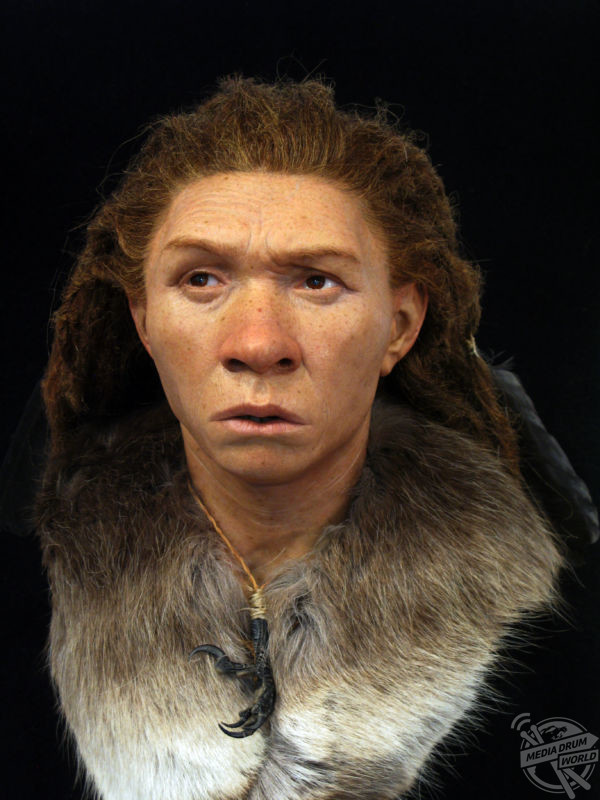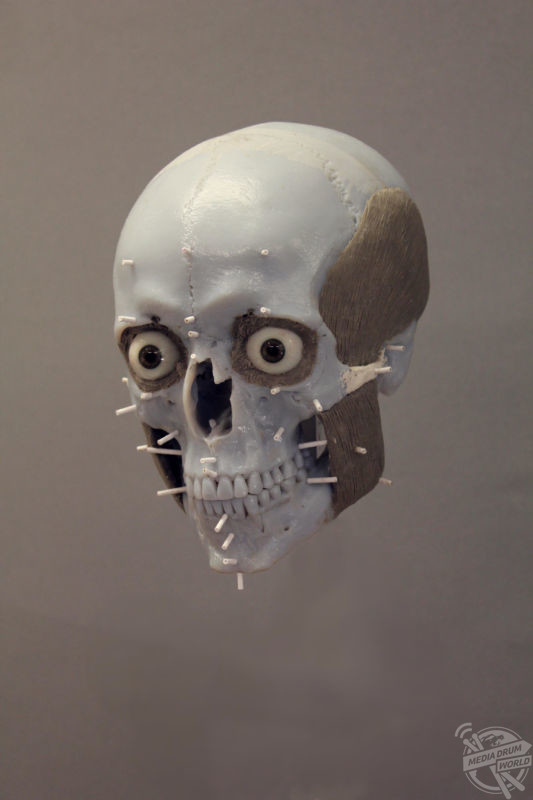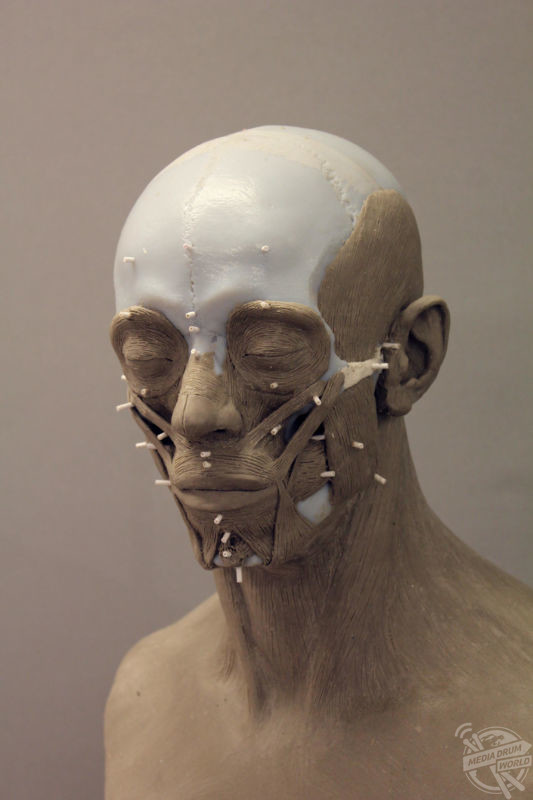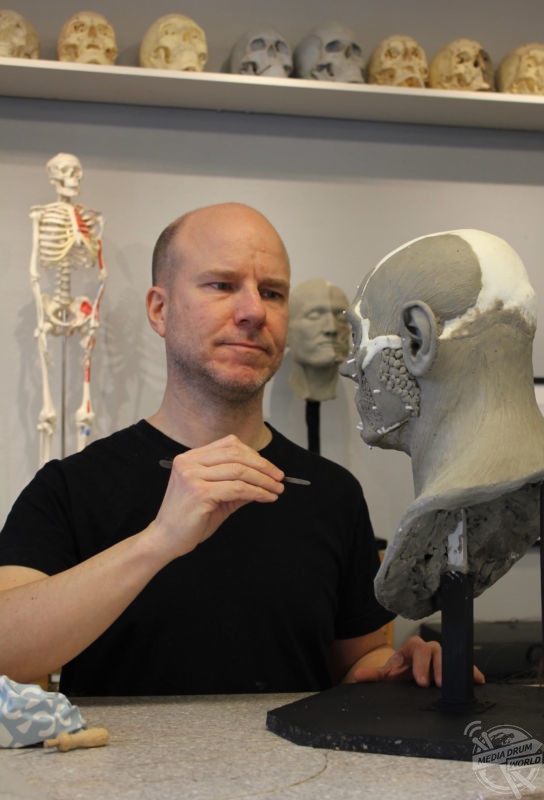
By Mark McConville
STUNNING pictures have revealed the faces of people who died thousands of years ago after they were expertly reconstructed.
The incredible images show a young man from the eighth century reconstructed from a replica of his skull, Birger Jarl who was the ruler of Sweden and founder of Stockholm and Estrid Sigfastsdotter, a Viking Age woman as a young girl.

Other striking shots show an 11th century Huarmey Wari Queen who was found in Huarmey, Peru, the Whitehawk woman from Stone Age Britain and Cro Magnon, a 40,000-year-old finding from France.
The reconstructions are produced by Swedish archaeologist and sculptor, Oscar Nilsson who specialises in the reconstruction of human faces and spends around 200 hours on each face he recreates as he uses his hands to sculpt facial features.

Mediadrumimages / Oscar Nilsson / Universal Features
Nilsson has been working for various museums around the world for 20 years and finds his work thoroughly fascinating, claiming that every face is so unique. He wanted to become a forensic artist when he studied archaeology at university in the 90s.
“I simply wanted to see what the people from history look like! I love faces and history,” he said.

Mediadrumimages / Oscar Nilsson / Universal Features
The Swede creates forensic reconstructions of archaeological findings using the highest scientific techniques and standards, ultimately portraying what the individual most likely looked like in life.
The process starts with making a 3D replica of the original skull. Nilsson reconstructs the muscles and features of the individual to get it as realistic as possible and he then casts the faces in skin pigmented silicone, human hair (inserted strand by strand) and prosthetic eyes.

“I hope people get a feeling of ‘I know this guy’,” he adds.
“It is the most effective way to make history relevant, especially to the younger generations.
“Most often when people see my work they say ‘I know him/her’ or ‘looks exactly like my aunt’. Our brains try to identify the face and if the face is this realistic, the brain process becomes highly active. People also always try to interpret the emotional status from the face.”






